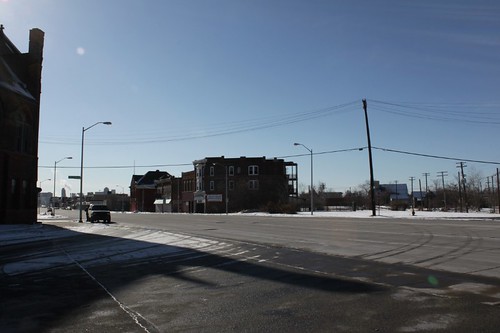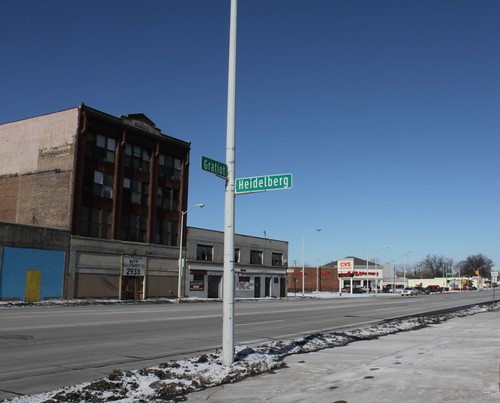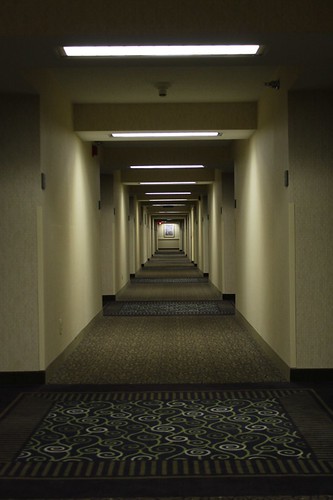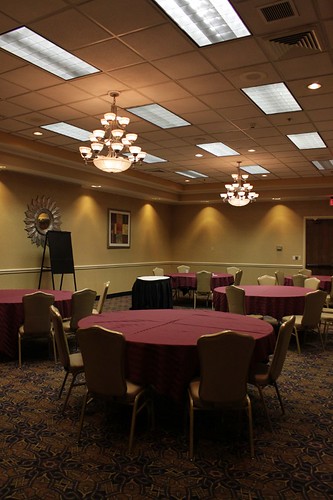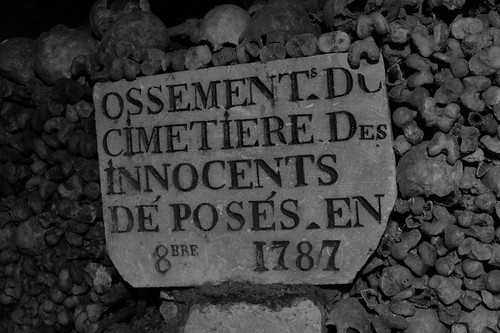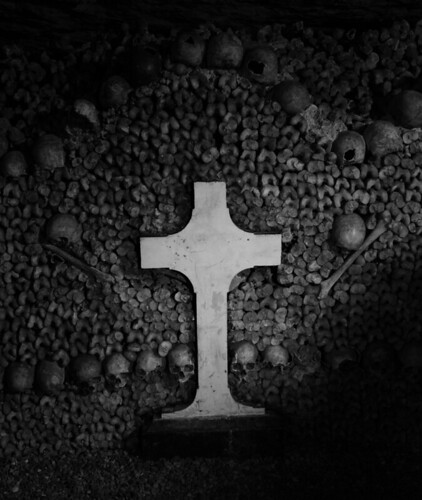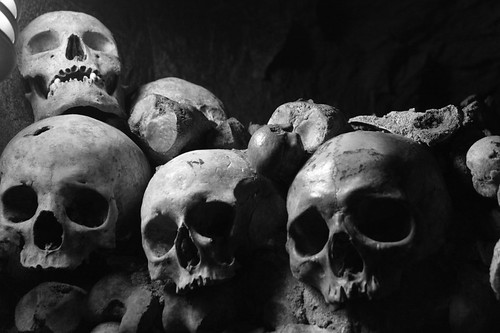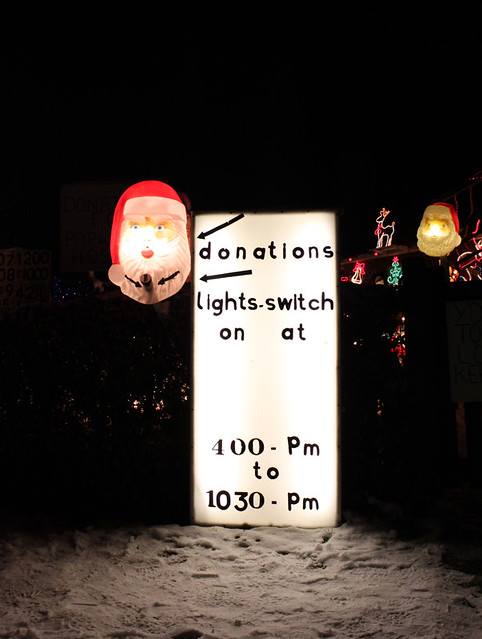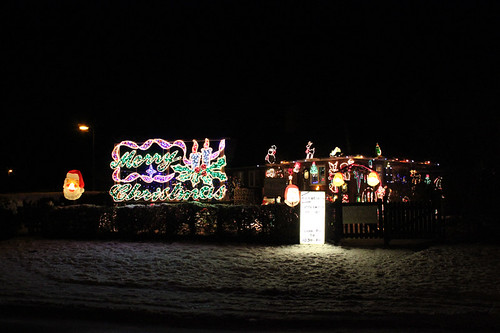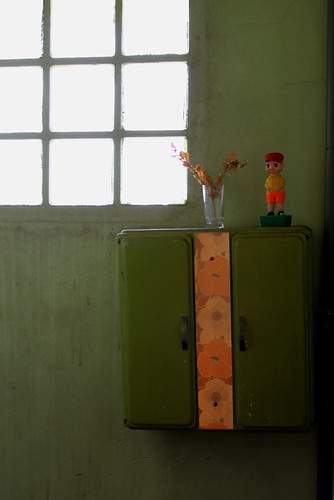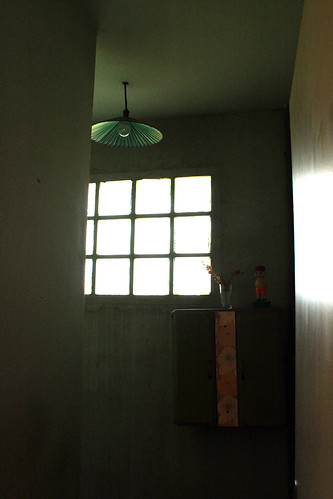Here are my fellow MADA students’ comments on my work for the Mid Point Review. I’ll write a response to them later this week (either edit in this post or post a separate reply). Thank you all for your suggestions and cooperation !
Melanie Menard (m_menard)
4:14
ok so I’m exploring individuals’ relationship to space using so far still and moving image, and I’d like to use moving image installation later how people subjectively perceive places around them (memory,
fantasies, urban legends to give examples) and in return how places affect people (the feelings of someone imprisoned so far, maybe after other forms of alienation)
now what I’m interested in doing, and unsure about because it’s difficult, is I’d like my images to talk to people on the instinctive level, not just the intellectual/art level
both because of the subject matter and because it’s important to me that the images are able to talk to someone without the academic background to be interested in the usual artist blurb
OK, I think that’s it !
Also I’m more interested in honesty/candid, so don’t be afraid to say what you think. Even if you upset me accidentally, I won’t be upset long so please don’t worry 🙂
Jonathan Kearney (jkearney)
4:21
the discussion here so far is around – why the abandoned spaces, what it the reason for using these?
they give a creepy feeling but is that too obvious – does it need more subtlety
for example a space that is usually filled but when filmed empty creates a different feeling
Christalla Kyriacou (ckyriacou2)
4:22
the first video i found really effective particularly that it was filmed in the way of leaving behind what I was seeing primarily , darkness provoked unknowns and fear and beautiful falling light in the empty spaces gave way to the understanding of life once preoccupying the space, the element of video though gave it a hint of cinematic movie , so this gave me a small impression of it being set up and not
actually straight documentary , even though the scenes shown are of true / real content , the video medium gave it that small hint of edited out realities
Maya Chami (mayachami)
4:23h
http://www.ghassansalhab.com/fr/films/beyrouth_fantome.html
David Tatnell (davidtatnell)
4:23
the videos are well shot and I felt a definite feeling of isolation
Satbinder Kooner (skooner)
4:24
The second video for me created more of a presence of memories, the past
David Tatnell (davidtatnell)
4:25
I think adding effects will enable Melanie to steer the viewer to other emotions
Satbinder Kooner (skooner)
4:25
that there was life there at some point
Maya Chami (mayachami)
4:25
For me, the blurbs at the end of the written part just located me geographically, but honestly didn’t need that bit. I was able to connect with the footage at once, for the pictures Melanie has taken
have a lot in common with post civil war places as well.
Jonathan Kearney (jkearney)
4:26
when asking what the instinctive reaction is – Ethel points out that you can only have an ‘instinctive reaction’ once…
David Tatnell (davidtatnell)
4:26
the use of camera angles in clever too some of them are quite intimidating
Jonathan Kearney (jkearney)
4:26
so are you asking people to think about these films or just ‘feel’ them?
Satbinder Kooner (skooner)
4:27
David – yes the angles differ in the two videos giving a different feel
Maya Chami (mayachami)
4:27
An artwork worked genuinely will be enough for the viewer to grasp or interact. There’s no need for the viewer to really understand what is happening, the effect of an artwork could be that of inspiring the
audience.
Jonathan Kearney (jkearney)
4:28
there is a danger that aiming just at instinctive reactions then it is short lived, maybe the focus needs to be more on the ongoing impact of the films
David Tatnell (davidtatnell)
4:28
emotions before and after
Christalla Kyriacou (ckyriacou2)
4:28
as for the images I see on your blog don’t give me the feeling that I am being edited on what I can see, I guess photographs have that special quality instilled in them , truth 🙂 I really find Melanie’s project very interesting and particularly that it plays on a level of insecurities of anyone who sees the images or video , abandonment is a scary thing , its fearful and haunting ,,, it’s almost like a new life starts in the rooms where the previous ones have left
Satbinder Kooner (skooner)
4:29
I agree Christalla
Jonathan Kearney (jkearney)
4:32
some here are saying – the idea of a photograph holding truth is contentious – maybe better to say ‘the illusion of truth’ in a photograph
Christalla Kyriacou (ckyriacou2)
4:33
that’s what I meant , its just that cause its a historical process it just feels more truthful ,, its a little tricky 🙂
Jonathan Kearney (jkearney)
4:33
some confusion here as to why the deep intellectual context for this work, but then you are asking for just an instinctive response
one suggestion here is filming the ordinary, ‘extremely’ ordinary – this gives room for the viewer to forming their own conclusions rather then just instinctive reactions
a bit like Hopper’s paintings
or the photographs of Martin Parr
also Arbus’ – slightly strange images
Ina suggests the angles of filming suggest to her a horror type film feeling but that maybe focusing on the ‘DNA’ of the space – what is the essence of a particular space, eg, is it colour, the shape – then
maybe take that ‘DNA’ and let that define the filming technique and use it to film a very different type of space
maybe use the colour profile of the outside space for the filming of the inside space
Andrew Stiff (astiff)
4:42
Times up
Melanie Menard (m_menard)
4:43
thank you people for your comments and ideas 🙂 I’ll reply to them on the blog once I’ve had a bit of time to think about them !
Andrew Stiff (astiff)
4:43
Thanks Melanie its gone down well here – lots of discussion around this work 😉
Additional comments from Sat:
Hi Melanie
Video 1 – A building uninhabited, empty, desolate, eerie, spooky – felt more factual / like we are being shown the inside of an empty building and the state of the inside of it.
Video 2 – made me think who lived there what was this building, the focus on images and belongings made think more about the people who possessed these, that they believed in religion, in Jesus. I kept thinking someone would appear in this video.
Hope this makes sense.
Thanks
Sat
Additional comments from Matt:
Hi Melanie,
Below is some feedback on your practical work…
For me the two videos were similar in feel. I guess the feelings I get are isolation, desolation and tension.
The parts I felt were most effective were where the camera movement was quite erratic. Almost Blare Which project, but in a good way! The jogging camera I liked because I could only see glimpses of objects and spaces – a little more abstract and tension filled.
I also like the zooming out sections where a wider/ unexpected context was revealed (Especially the mirror where you are unaware of this at first). I think the zooming out shots would be much more effective if projected at a large scale – a bit more immersive (Obviously youtube is a bit restrictive).
The blurbs were very descriptive of the content. Maybe the text can add another layer. Do the words illustrate the visual work? Do the words and pictures send the same or different messages? Can the words add or amplify the image and vice versa? Can they work in parallel, following very different courses?

